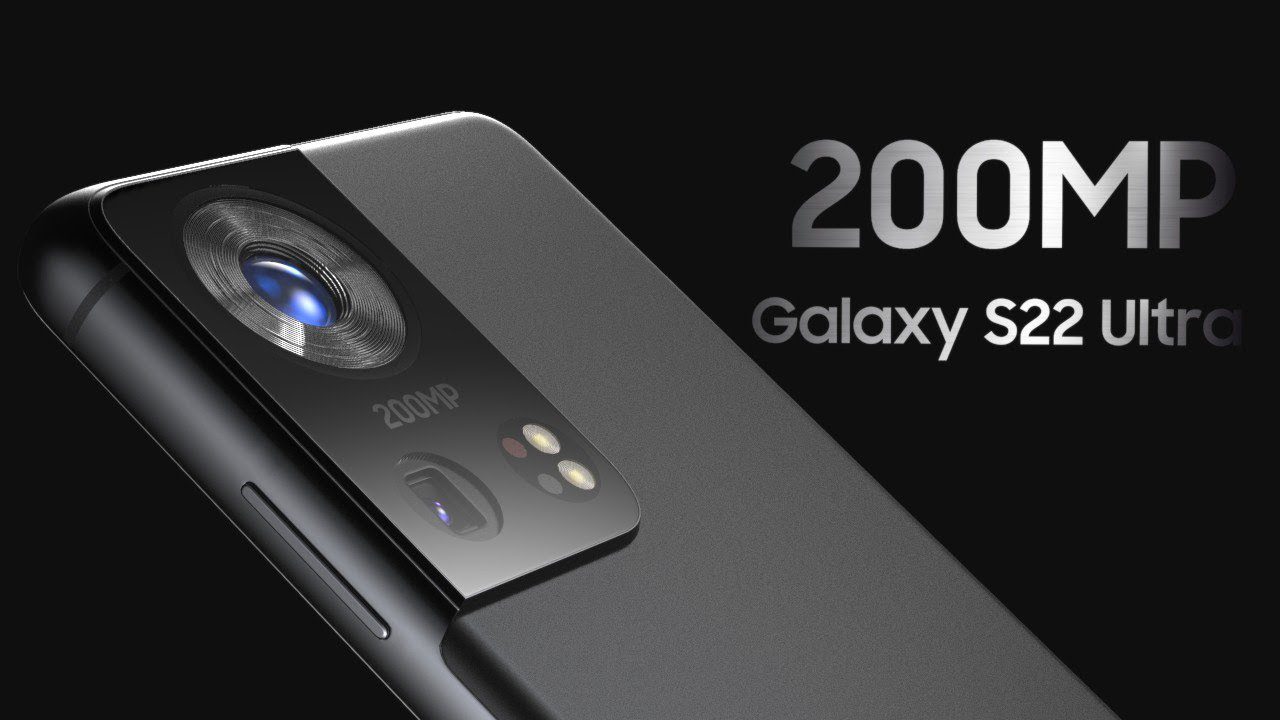A Korean news outlet reported that the Samsung Galaxy S22 rear camera array wouldn’t include a Time-of-Flight (ToF) module.
A ToF sensor’s task is to count the time needed for a reflected beam of light to bounce from the subject to the camera, helping with 3D mapping for facial recognition and high-quality portrait images.
The Galaxy S10 5G, Note 10+, and the S20 lineup included the module, but that got left out with the Note 20 and Galaxy S21 lineup, and it doesn’t seem that it will be making a comeback with the Galaxy S22.
Inside research regarding the subject revealed that consumer response to camera arrays without a ToF unit was decent, and that is probably the reason why the South-Korean tech giant decided not to feature the module anymore on the Galaxy S22.
Samsung appears to believe that its flagship devices don’t need a ToF module because it doesn’t fulfil a significant purpose currently.
It may make a comeback when AR and VR applications become more common.
A report from last year suggested that Samsung initially included the ToF module to keep up with Apple and Huawei.
The technology isn’t as precise or rapid as Apple’s LiDAR, which seems to be exclusively built by Sony for the Cupertino-based tech giant.
However, that doesn’t mean that Samsung entirely put an end to the ToF sensors.
In November 2020, Samsung introduced an ISOCELL Vizion 33D ToF unit, which features a 4-tap demodulation system for accurate depth measurement of fast-moving objects. Samsung also claims that it can map a user’s face remarkably well in dim environments.
For the moment, it seems that the company plans to sell the tech to Chinese smartphone vendors.













Leave a Reply